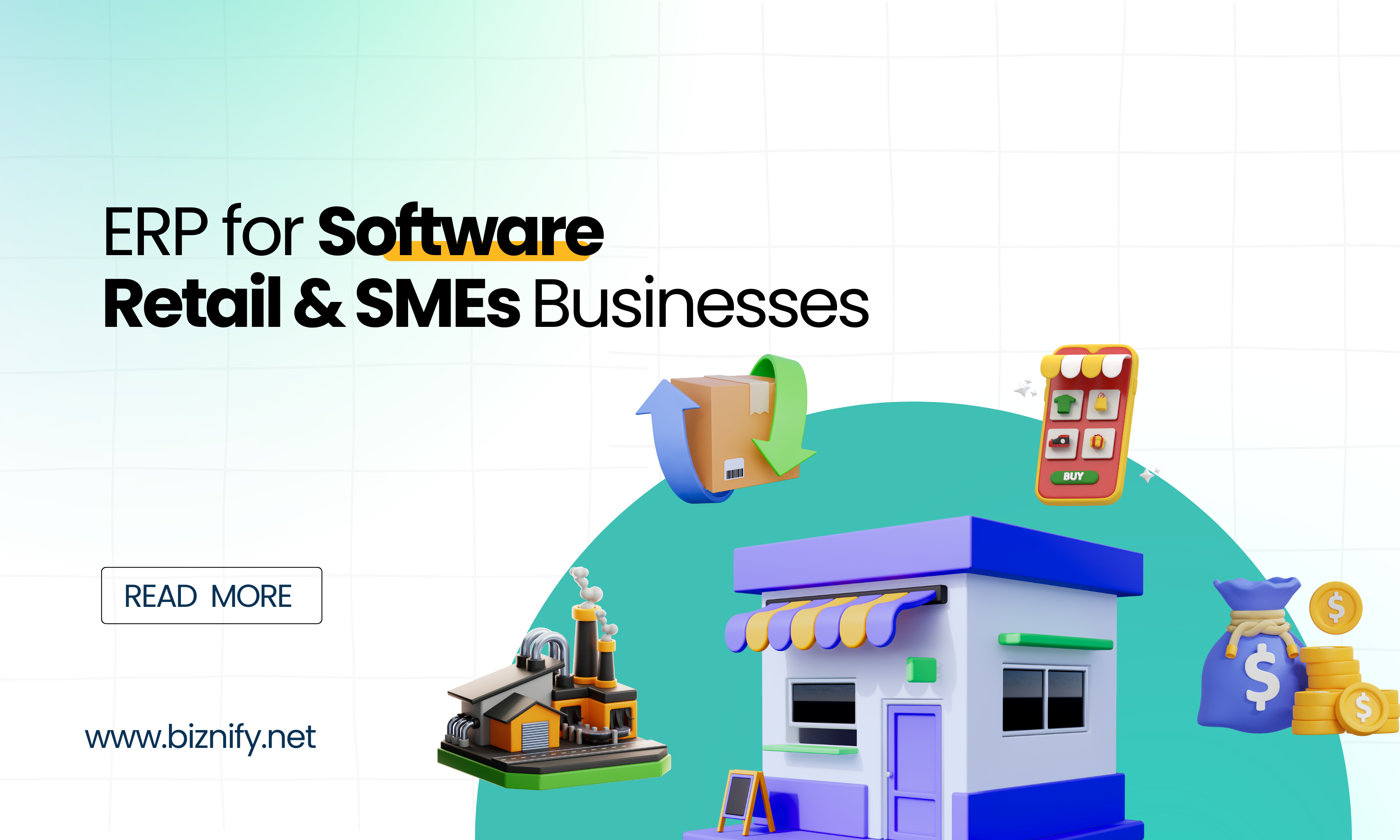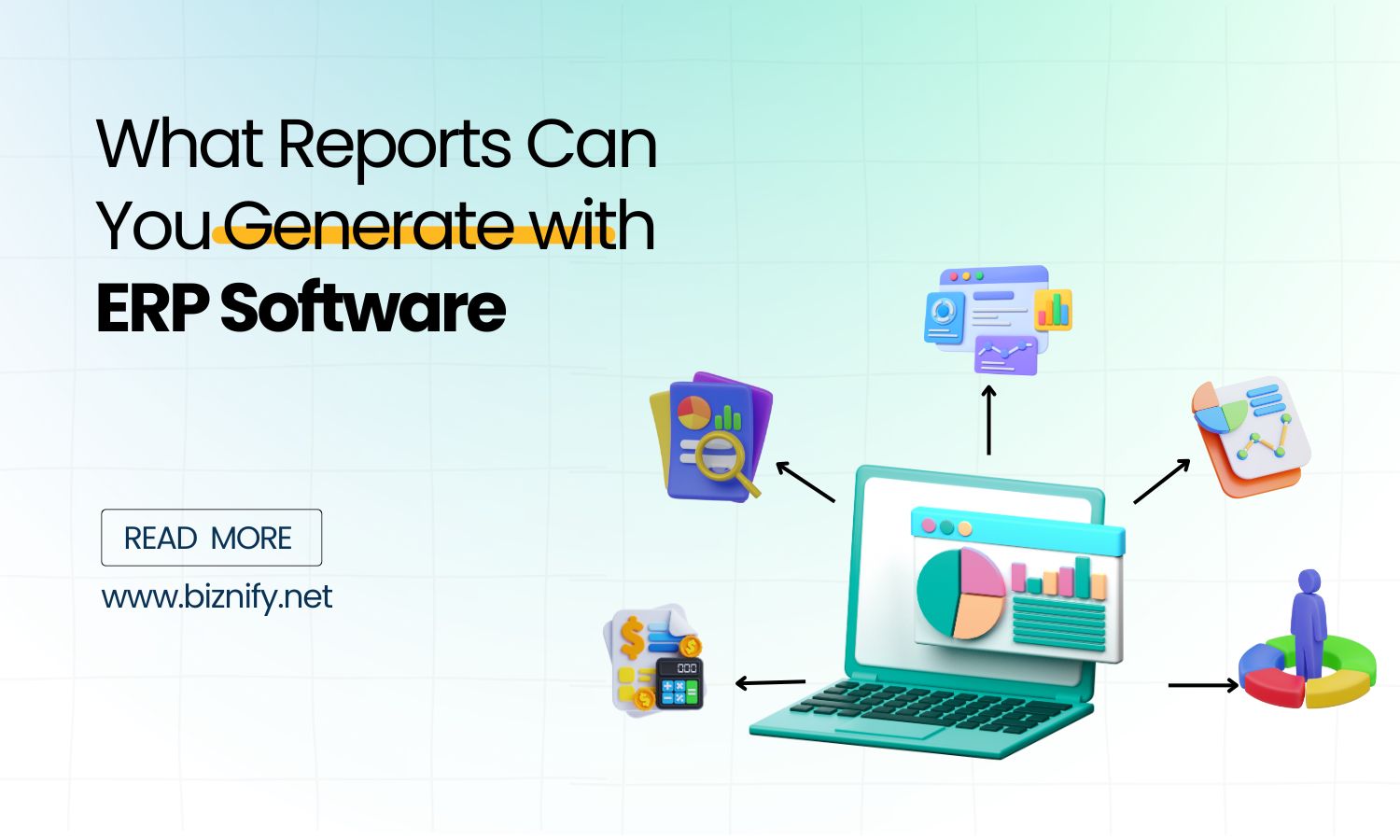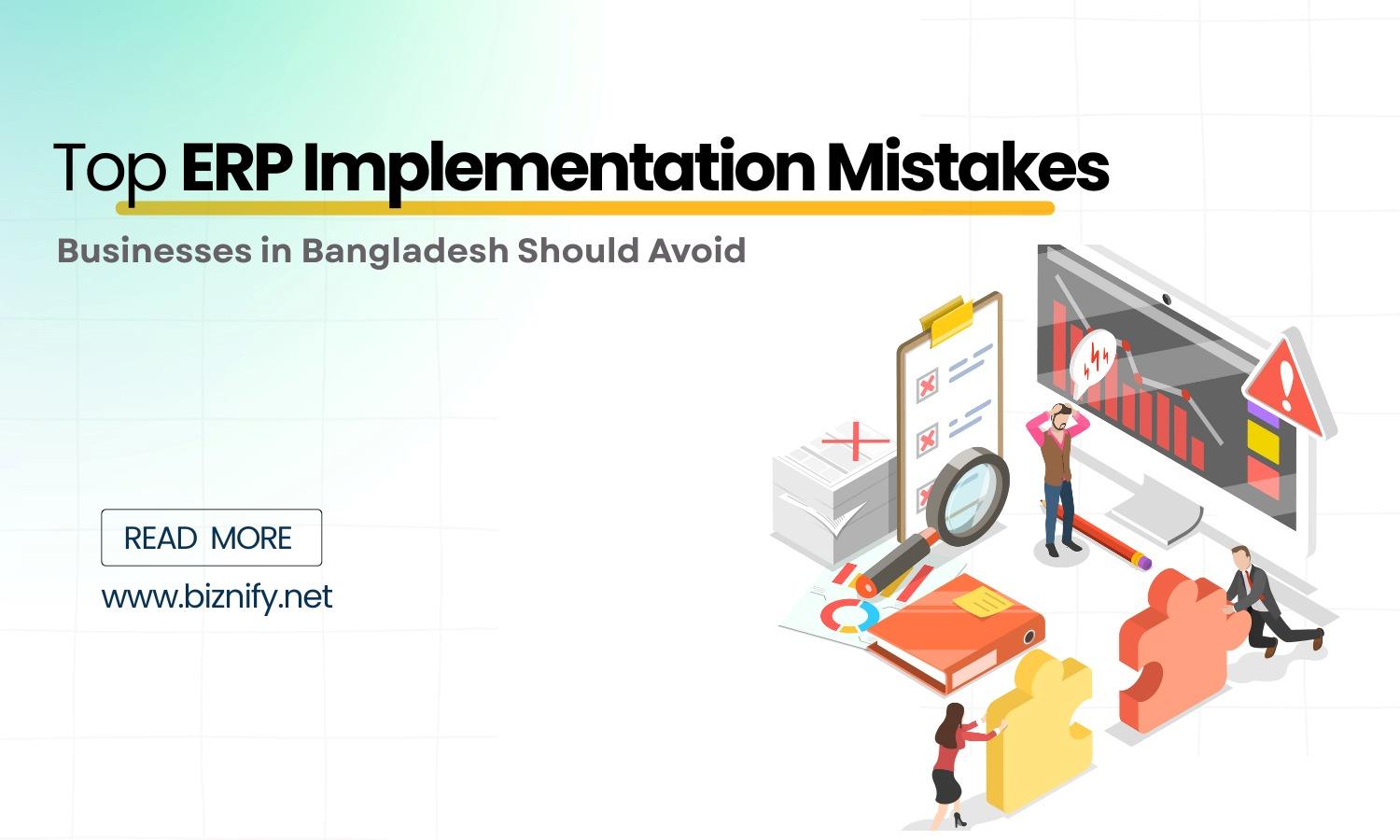
Rolling out an ERP system is a big step for any business. But the biggest challenge isn’t the software. It’s the people. Training is one of the most overlooked aspects when implementing ERP software in Bangladesh, and it’s often the reason adoption fails.
You can buy the best ERP software on the market. You can pay for a full implementation team. But if your employees don’t know how to use it — or don’t want to — the entire system falls apart.
In Bangladesh, where many businesses are still moving from paper-based or disconnected tools, this challenge is even more obvious. Employees are used to doing things a certain way. This resistance to change is one of the biggest challenges in ERP adoption for small teams, especially when they’re moving from manual processes.
Asking them to change, learn a new interface, and follow new steps? That takes more than a quick training session.
A common mistake is trying to train everyone all at once, in a single session. It usually goes like this: a trainer arrives, opens the software, runs through all the features in one go, and expects everyone to remember it.
By the end of the day, people are confused, tired, and unsure of what to do next.
Training needs to match the pace of the people, not the software. If you push too fast, your team won’t absorb the basics. Instead, they’ll go back to what’s familiar — even if it’s outdated or inefficient.
ERP systems are complex. They cover everything from sales and stock to HR and accounting. But most employees don’t need to know all of it.
That’s why showing every module to everyone makes no sense.
A sales manager doesn’t need to understand backend settings. An HR officer doesn’t need access to warehouse reports. Each role should be trained based on what they’ll actually use.
This keeps the training focused and short. It also helps people feel more confident, because they’re not being overwhelmed with features they don’t need.
In platforms like Biznify, this becomes easier. It lets you control what each user sees. That way, you can show a cleaner, simpler view to someone in operations than what you show to someone in management.
Most employees learn better by doing, not watching. If your training involves just clicking through sample data, people will lose interest. It feels disconnected from their day-to-day job.
A better approach is to use real data and real examples. If you’re training the sales team, walk them through creating a customer record or generating a report using current leads. For the finance team, show them how to log a real expense or run an actual report.
When people see how the system fits into their job — and not as an extra task — they’re more likely to use it consistently.
Another issue that slows ERP adoption is long, one-off sessions. Sitting in a room for hours while someone talks through features doesn’t help. People forget most of what they hear by the next day.
Instead, break the training into shorter sessions spread across a few days or weeks. Spend 20–30 minutes teaching a small topic. Then let people try it out before the next session.
This way, learning becomes part of the routine. It doesn’t feel forced or rushed. And people have time to build habits.
Training doesn’t end when the sessions are over. Questions will come up later. And if there’s no one around to help, people will stop using the system or make mistakes.
A good way to handle this is to assign one person in each department or branch to act as the “go-to” person for ERP questions. Train this person more deeply. Let them become the support contact for their team.
In businesses using Biznify, this method works well. One company trained team leads at each location. These leads helped their own teams get comfortable with the system. They didn’t need to call the IT team every time someone had a question. It saved time and built more confidence inside the team.
Don’t Ignore the Bangladesh-Specific Challenges
ERP training in Bangladesh comes with its own set of issues.
Some teams don’t have a stable internet. Some employees have never used digital software before. Training materials in English may not connect with everyone, especially for staff working in smaller towns or older age groups.
Your training plan should consider these realities. Avoid depending on cloud-only systems during sessions. Try to provide content in Bengali when possible. And always leave space for questions — not everyone will be comfortable asking in a group.
Biznify was designed with these challenges in mind. It works in low-bandwidth environments, supports offline updates, and gives teams time to resync later. These small things matter when trying to train people across multiple locations in Bangladesh.
Many people treat ERP like another piece of software. But it’s more than that. It changes how decisions are made, how work is tracked, and how people interact across departments.
That’s why training should not be seen as a one-time event. It should be part of how your company runs. New hires should get ERP training during onboarding. Teams should review new features every few months. And department heads should encourage people to use the system correctly.
If training is treated like a box to check, it won’t stick. But if it’s part of daily life, the system becomes second nature.
You’re not just teaching people how to use new software. You’re helping them build new habits, change how they think about their work, and shift the way they share information.
That takes patience. It takes clear, focused training. And it takes a system that’s built to support your teams, not frustrate them.
ERP tools like Biznify don’t solve every problem on their own. But when paired with proper, role-based, ongoing training — they become a foundation for smoother, more organized business operations.
If you’re about to start the ERP rollout in your company, we suggest reading our full guide on How to Train Employees on a New ERP System. It offers more planning tips and walks you through each stage of the training journey. And if you’re unsure where to start, check our guide to ERP pricing in Bangladesh to see what fits your company size and team needs.
Training isn’t about getting it done. It’s about making it work.





Just exploring ERP or unsure which modules you need? The Biznify team’s here with straight answers.